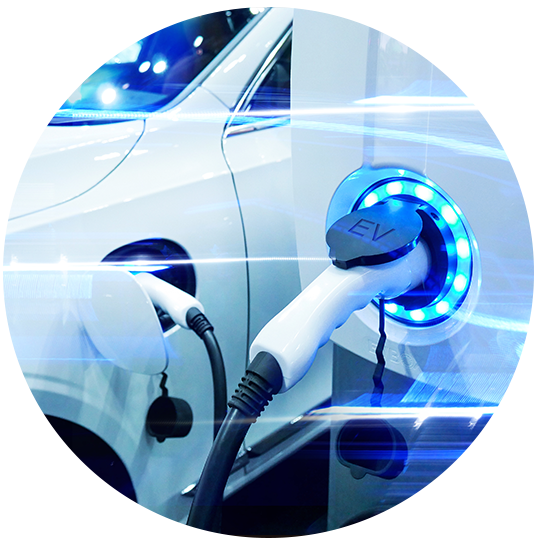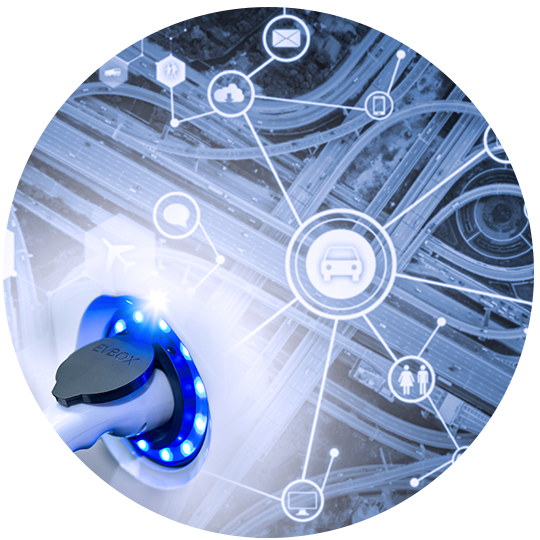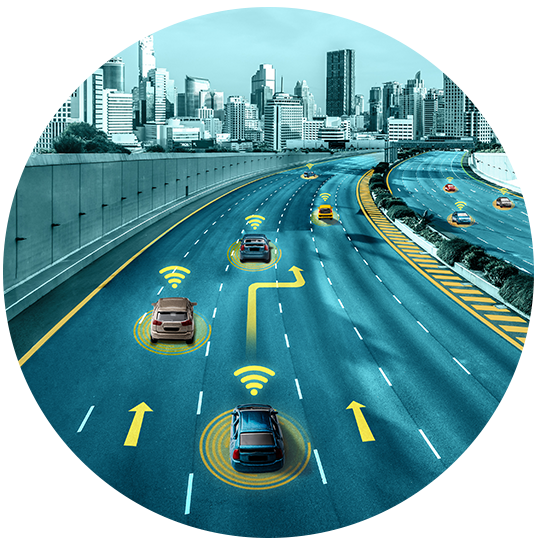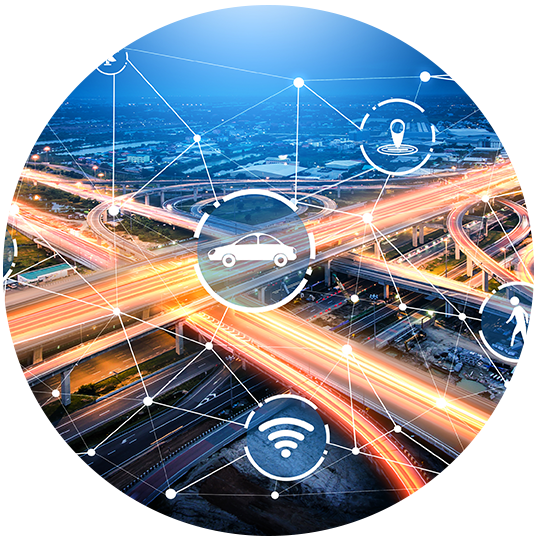Insights from AI/Analytics
Building EV Charging Infrastructure Through Partnership and CollaborationProfiles

Chee Kiong GOH
CEO CHARGE+
Goh Chee Kiong is the CEO of Charge+, a leading electric vehicle charging solution provider for Singapore and the region. As the green mobility arm of Sunseap Group, Charge+ is rapidly scaling up the EV charging infrastructure to release its corporate target of 10,000 charging points in Singapore by 2030.
In September 2021, the Charge+-led consortium emerged as a winner of the Singapore government’s first EV charging infrastructure tender. Starting in Singapore Economic Development Board, specialising in cleantech for two decades, he was responsible for many national sustainability initiatives. He has been a long-standing advocate in cleantech and sustainability, with several honours such as the Public Administration Medal (Bronze) for his public service and sitting on the board of the Energy Studies Institute (ESI).

Mark TAN
Deputy Group Director
Technology and Industry Development
Land Transport Authority (LTA), Singapore
Mark heads the National Electric Vehicle Centre at Singapore’s Land Transport Authority. He holds a concurrent appointment as Director, Futures and Transformation at the Ministry of Transport.
Formed in March 2021, the NEVC serves as a one-stop programme office to drive EV adoption through planning for EV charging infrastructure, setting regulations and standards, and cultivating a vibrant EV industry and research ecosystem. Mark has previously worked in various areas of government as a trade diplomat, urban planner, and community organiser.

Paul WELSFORD
Vice President
Electric Vehicle Association of Singapore (EVAS)
Paul is the Vice President of the Electric Vehicle Association of Singapore (EVAS). In his second term as Vice President and a founding member of the organisation, Paul works with the President and the rest of the committee to support the acceleration of Electric Vehicle uptake in Singapore. EVAS’ role is to promote the use of Electric Vehicles, create a platform for standardisation and communication between the different sections of the EV ecosystem, and partner with industry to support ongoing governmental policy.
Paul graduated with a BEng in Product Design and Manufacture from Loughborough University, UK. He has lived in Singapore since 2014 and started to organise EV enthusiast social events in 2016.

Alex LIN, Ph.D.
Deputy CEO of NTUitive and
Board Director of Action Community for Entrepreneurship (ACE)
Alex is an innovation ecosystem builder who helped build start-up and innovation ecosystems in various countries. He is currently the interim CEO of NTUitive. Alex was formerly the head of a USD200 million government venture fund under Infocomm Development Authority (IDA). Since 2014, he has funded more than 380 start-ups and accelerated more than 170 start-ups to series-A. This massive effort boosted Singapore’s tech start-up ecosystem from a ranking of 17th place to 10th place within two years and contributed to the vibrant start-up nation everyone now enjoys.

Nirupa CHANDER
Managing Director
Hitachi Energy - Singapore
Nirupa is the Country Managing Director – Singapore and heads the Marketing & Sales Function in Singapore for Hitachi Energy (previously Hitachi ABB Power Grids) since 2019. In addition, she leads the Top Line Synergies initiative for South Asia as part of our activities with the broader Hitachi group. Nirupa joined ABB Power Grids in 2009 in Australia after five years in BHEL, India. She held operation and sales leadership roles in ABB Power Grids in Power Generation, Renewables Integration and Microgrids. She moved to Singapore in 2017 to lead Service and Digital in Southeast Asia.
Nirupa has a degree in Electronics & Communication Engineering from the LD College of Engineering (Gujarat, India), and she has also completed the Emerging Leadership Program at Wharton University of Pennsylvania.

Lounell GUETA, Ph.D.
Chief Researcher, Research & Development Center,
Hitachi Asia Ltd.
Lounell is responsible for developing and incubating solutions for ASEAN countries. His current works include customer value creation in the field of supply chains, logistics, and finance.
Lounell received his doctoral degree in precision engineering from The University of Tokyo. He is currently a candidate for the Master of Business Administration at the National University of Singapore. He has authored and co-authored over 50 peer-reviewed conference and journal papers.
Release Date: March 2022
Reproduced from the original article in < Insights from AI/Analytics: Building EV Charging Infrastructure Through Partnership and Collaboration > with the kind permission of Hitachi Global Research















